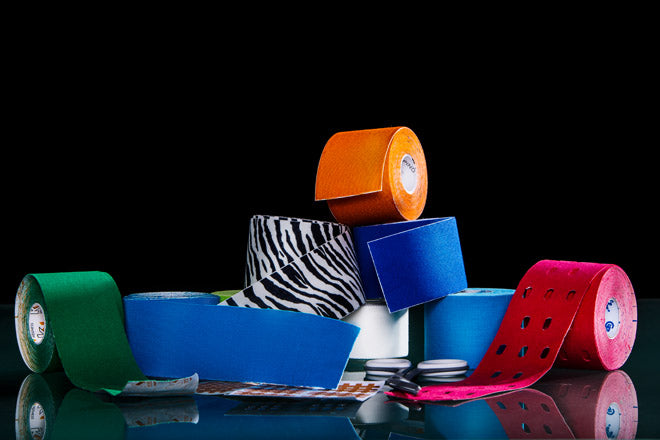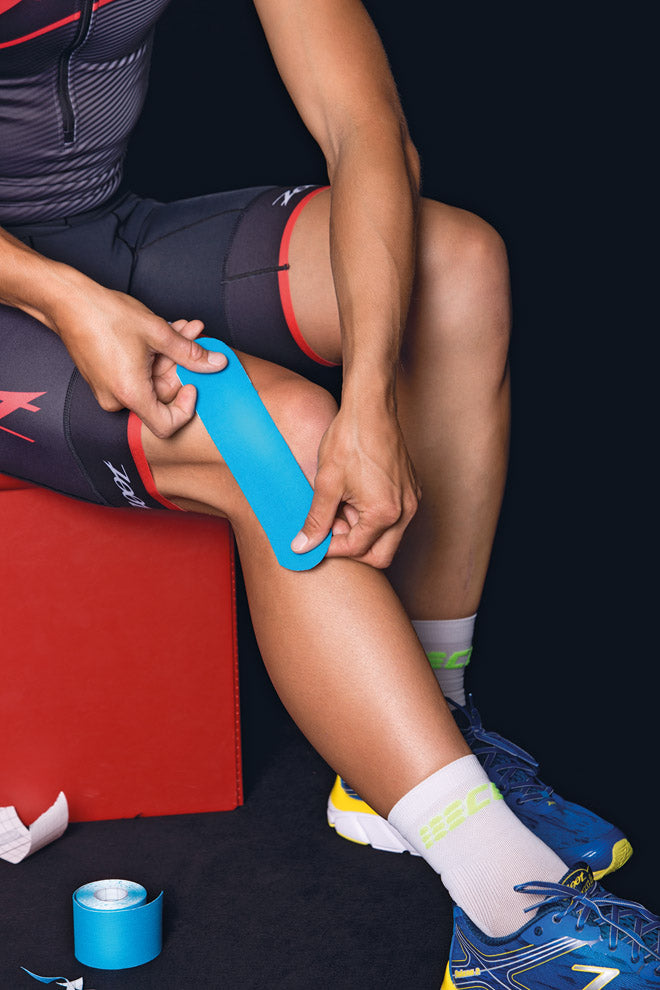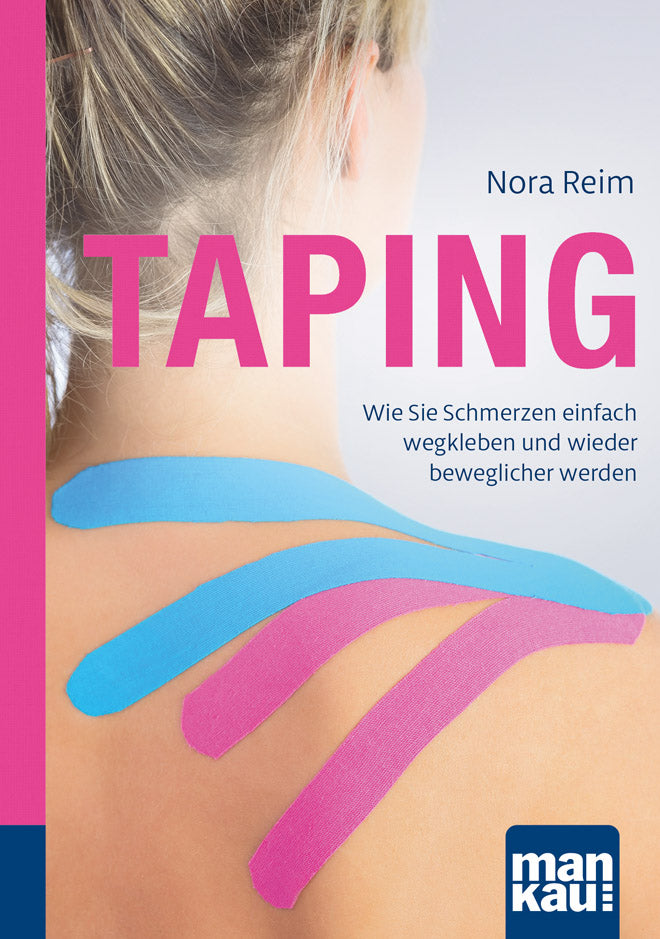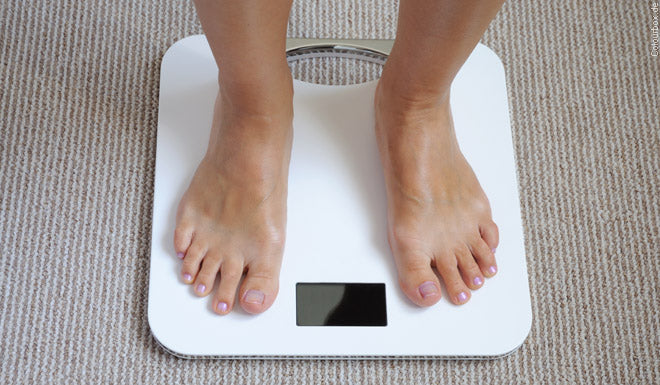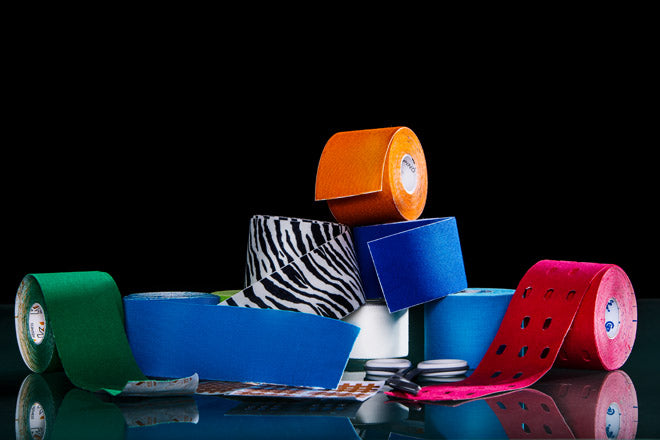
Simply stick pain away
Simply stick pain away
Nora Reim shows how to help yourself with “taping” for physical complaints
The compact guide "Taping " looks at the origin of the flexible cotton plasters and explains how the adhesive technology affects the body. Not only competitive athletes benefit from the colorful tapes, but also medical laypeople - without great expense and time.
Fit and pain-free thanks to colorful tapes
For several years now, athletes have been noticed at international sporting events decorating their bodies not only with tattoos, but also with colorful adhesive tape. More and more people are now wearing the elastic cotton plasters on their skin. But the so-called "tapes" are not just trendy lifestyle products; they also come from the medical field and are particularly effective in helping with sports injuries. Physiotherapists have used them to treat numerous competitive athletes so that they can continue training despite pain.
Sports journalist and guidebook author Nora Reim has studied the therapeutic technique of taping intensively and in her new book with practical instructions in words and pictures, she encourages people to take matters into their own hands when they have physical complaints – free from chemical side effects: “Don’t torture yourself with the pain any longer – just tape it away!”
History and methods
Adhesives were used thousands of years ago, but not with the breathable and skin-friendly strips of today. Instead, the Greeks and Egyptians treated their injured people with simple bandages. These were strips of fabric that were soaked in resin and stuck firmly to the skin. It was not until the pharmacist Beiersdorf developed the adhesive plaster towards the end of the 19th century that a functional adhesive technique for stabilizing joints without damaging the skin became possible. Starting in the USA, the elastic bandage conquered the world of sport as a protection against injuries.
Taping, the application of strips or bands to the skin, is considered a form of manual therapy that is preferably used by physiotherapists. Various taping methods have been developed over time. From rigid taping with rigid bandages to elastic kinesio strips according to Dr. Kenzo Kase to acu-, fascia- or dolo-taping on the meridians, on the pathways of the connective tissue or on the pain and trigger points, everything is possible.
Effectiveness and application
Despite all the positive reports from athletes and therapists, the health benefits of adhesive tape are controversial. This is because there is no scientific study to date that confirms the effectiveness of tape for its wearer. Peter Gräschus, physiotherapist for the national handball team, therefore emphasizes in his foreword that taping does not replace physical therapy, but is at best a supplement to physiotherapy and the like.
But the "Bad Boys" supervisor is convinced that anyone, including medical laypeople, can learn the taping technique. No prior knowledge is required, just a little practice in applying the tape. If applied correctly, the tape can not only relieve pain and prevent injuries, but also reduce swelling and swelling radiating throughout the body. "You can't do anything wrong - on the contrary: your symptoms can only get better!" emphasizes taping expert Nora Reim.
Book tip:
Nora Reim: Taping. Compact guide
How to simply stick pain away and become more mobile again. Mankau Verlag, 1st edition February 2017, paperback, 11.5 x 16.5 cm, full color, 126 pages, 8.99 euros (D) / 9.20 euros (A) ISBN 978-3-86374-361-1.
Link recommendations:
More information about the "Taping" guide
More about Nora Reim
To the Internet forum with Nora Reim
